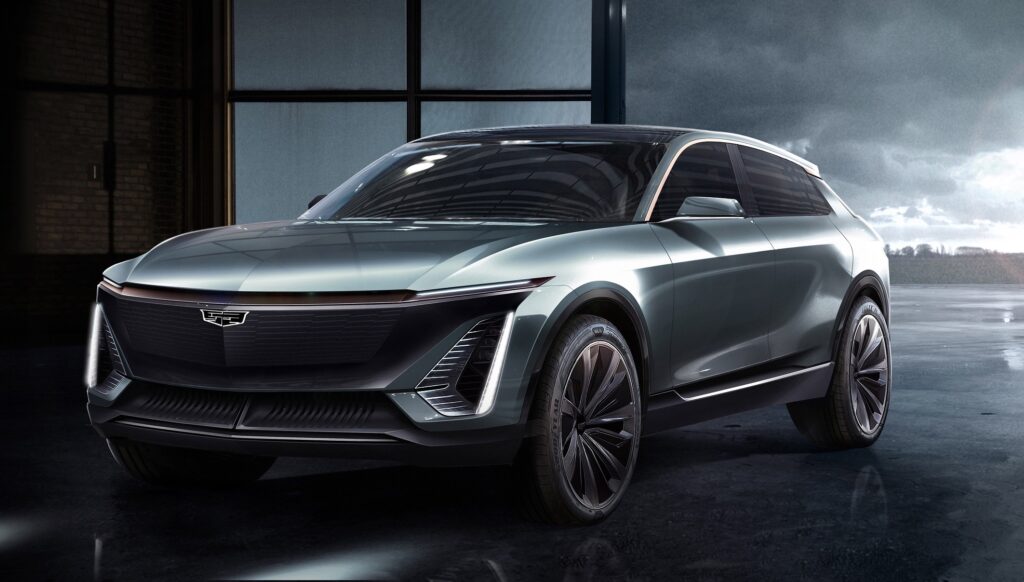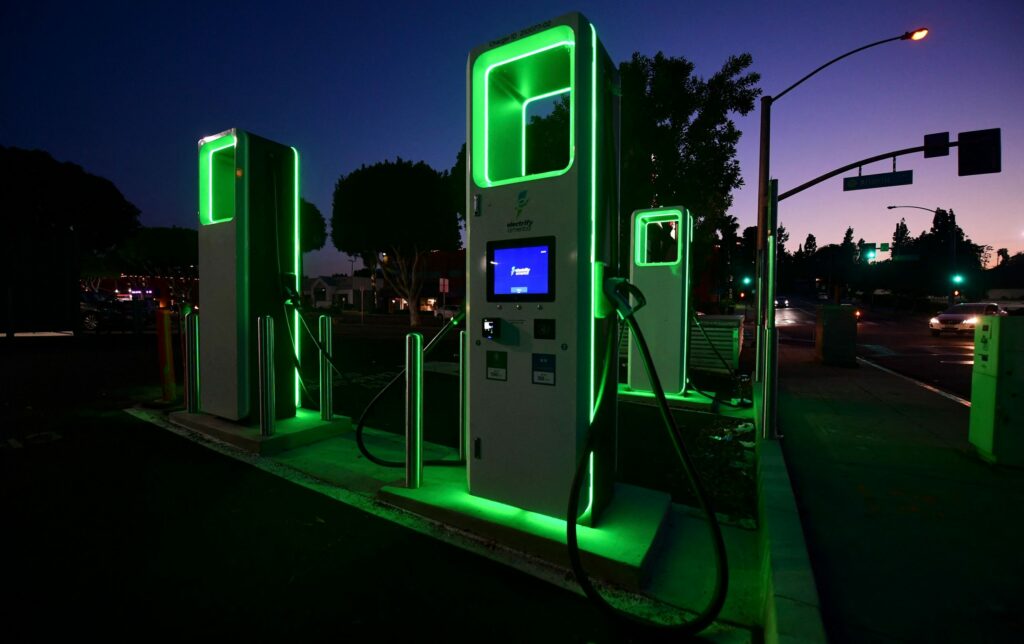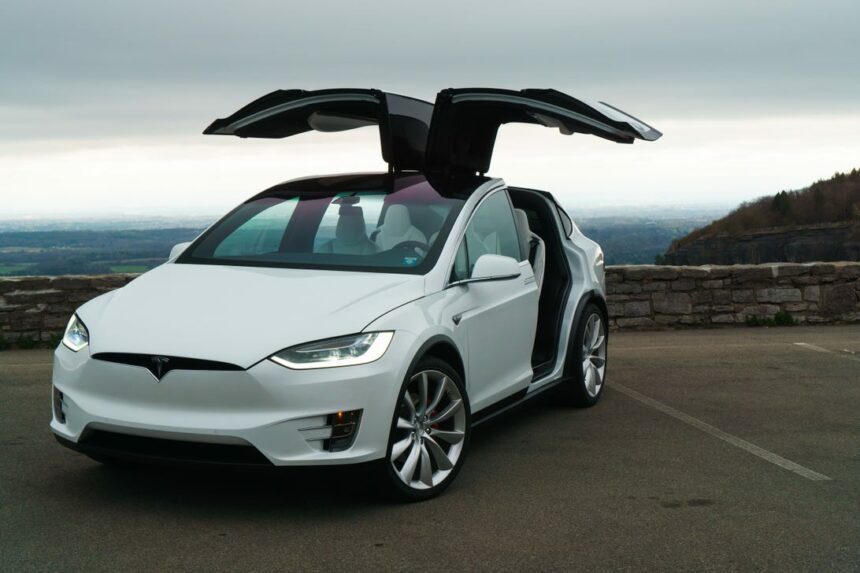Recent developments in the electric vehicle (EV) realm suggest a nuanced reality diverging from the initial expectations of widespread adoption. Major players like General Motors (GM) and Ford have delayed EV targets and investments, citing the need for profitability assurance. Even Tesla, a key player and trendsetter in the EV market, is engaged in a price war to attract sceptics.

While data indicates a rise in EV adoption, there’s a noticeable cooling of consumer interest. According to S&P Global Mobility, a May poll showed a significant drop in openness to buying an EV, from 86% in 2021 to 67% in 2022. The growth in the sector is slowing due to concerns about both pricing and range.
S&P highlights pricing as a crucial hurdle in the widespread adoption of EVs. Tesla’s aggressive price reductions align with this insight. The transition to EVs faces challenges beyond engineering, with consumer finances playing a pivotal role in resistance to EVs.
An interesting dimension in the adoption curve is the distinction between early adopters and the larger demographic. Early adopters with access to garages can charge their EVs overnight, but the broader audience requires improved charging infrastructure, robust batteries, and extended vehicle range.

The Texas Public Policy Foundation, a conservative think tank, adds a new layer to the discussion. In their October report, they contend that after factoring in hidden costs, the true cost of fueling an EV equates to an owner paying $17.33 per gallon of gasoline. The report identifies direct and indirect subsidies, including government incentives and an avoidance of fuel taxes, as contributors to this cost.
The foundation’s report argues that the hidden costs add approximately $48,000 to the 10-year cost of an average model-year 2021 EV. Despite recent price reductions and tax incentives, EVs may remain more expensive than their internal combustion counterparts without sustained government support.
Critics argue that the report overlooks subsidies for fossil fuels, which the International Monetary Fund estimates at a staggering $7 trillion. Eliminating these subsidies could prevent 1.6 million premature deaths and contribute to global warming targets.

Moreover, concerns about the environmental impact of EVs extend beyond costs. The raw materials needed for EV batteries, such as cobalt and lithium, are associated with environmental and human rights issues. Toyota, a proponent of hybrids, suggests that the same raw materials used for one long-range EV could produce 90 hybrids with a significantly higher overall carbon reduction.
As the EV landscape evolves, it becomes clear that challenges extend beyond technological advancements. Balancing affordability, infrastructure, and environmental considerations will be crucial for the sustainable growth of the electric vehicle market.








